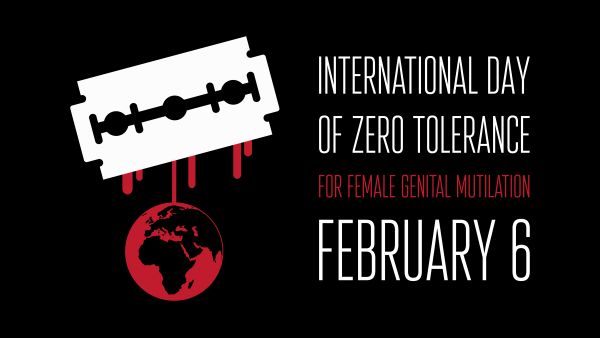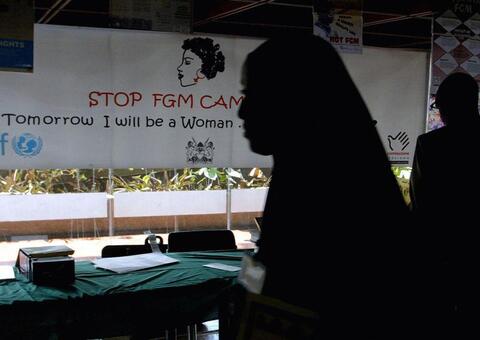ALBAWABA - World Health Organization (WHO) said that at least 200 women and girls living today had undergone female genital mutilation (FGM) in 30 countries in Africa, the Middle East and Asia.
Most of these regions are still performing FGM on girls between infancy and age 15 despite medical reports that it is harmful and violates the human rights of females and girls.
It is essential to engage men and boys in the efforts to eliminate female genital mutilation. #FGM is not a women and girls-only issue, but it affects everyone.
— UNFPA East and Southern Africa (@UNFPA_ESARO) February 5, 2023
We need men and boys to use their voices and join the conversation to #EndFGM.#GlobalGoals #MenEndFGM pic.twitter.com/XpHF6BU7oQ
The world marks annually on Feb. 6 the International Day of Zero Tolerance for Female Genital Mutilation where activists and human rights advocates call to end this act.
According to the WHO, treatment of the health complications of FGM is likely to cost health systems $1.4 billion per year. Females who undergo FGM face short-term complications such as severe pain, shock, excessive bleeding, infections, and difficulty in passing urine, as well as long-term consequences for their sexual and reproductive health and mental health, the United Nations reported.
Despite huge calls for ending FGM, the practice is still taking place in some areas. However, nowadays, a girl is one-third less likely to undergo FGM than 30 years ago.
“When a girl is educated, it’s a waste," Imani (not her real name) remembers her grandma saying.
— ChildFund (@ChildFund) February 5, 2023
We're so glad she didn't listen, risking everything to escape #FGM & #childmarriage & get an education. Read her story of incredible courage ?? https://t.co/uZHEIkw10z #EndFGM pic.twitter.com/MbkKCXUJyl
About FGM
Female genital mutilation (FGM) comprises all procedures that involve partial or total removal of the external female genitalia, or another injury to the female genital organs for non-medical reasons. There are 4 types of FGM and the reason behind it varies from one country to another.
At least 3 million girls are estimated to be at risk of FGM annually.










